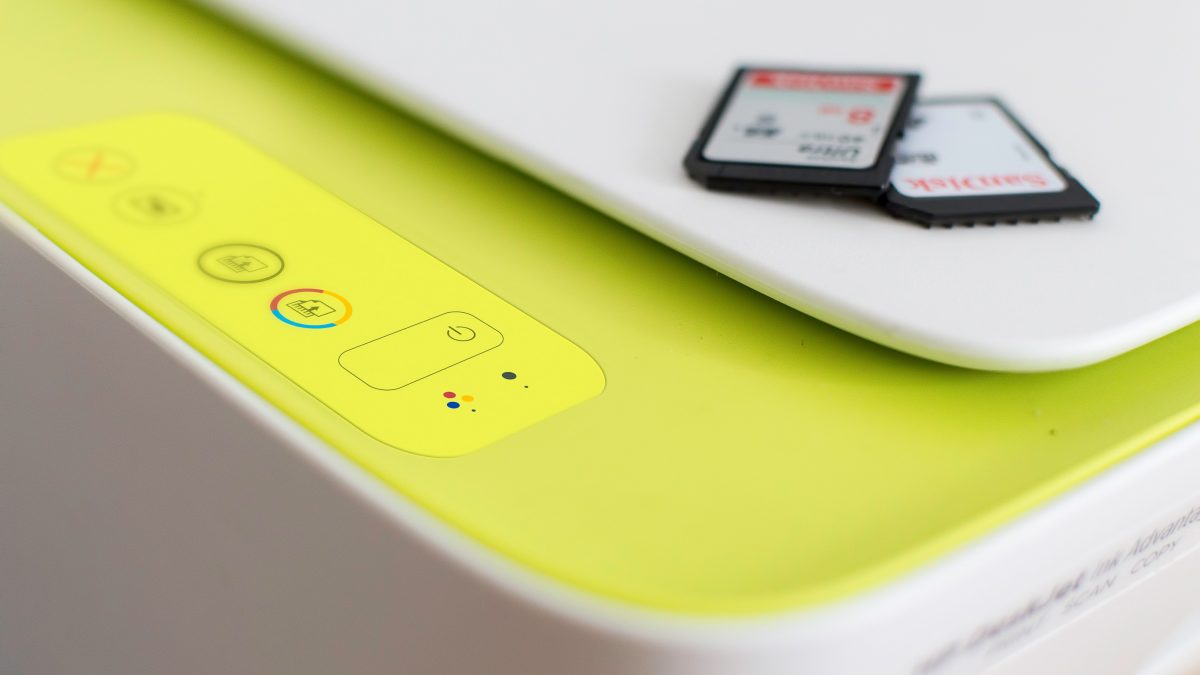How To Format Your Artwork For Print
Photo by Fernando Arcos from Pexels
Whenever you’re working with a new designer, you’ll need to send them your existing brand artwork. Logos, fonts, images, and guidelines. In order for any third party designer to create marketing material consistent with your brand image, they’ll need the source material to work with.
The problem, however, is that sometimes businesses send designers their brand artwork in all sorts of formats that aren’t convenient to work with. When this happens, it’s not the end of the world, but it will mean that your designer will have to take more time converting the files or, in some cases, remaking the artwork from scratch. And as the saying goes, time is money. So the simple mistake of sending your logo to a designer in the wrong file format could cost you money.
So then, here’s a simple blog sharing some useful advice on file formatting for business owners and marketers. Hopefully by the end of this post you’ll have a better idea of which formats work best. And as a result you could save yourself time, frustration, and money in the long run.
Why file formats?
When it comes to visual marketing, there’s no one-size-fits-all solution. Different businesses, at different times, for different reasons, will need to make use of all sorts of print mediums. From business cards and billboards to pens and coasters, your logo will be subject to enlarging.
But in order for your logo to stay legible and clear at all sizes, your designer needs to be able to render it at all sizes. Only certain file formats, however, allow for images and logos to be scaled up and down without losing resolution.
This is where most of the problems with file formatting appear. Without the proper file type, a designer will often need to regenerate the artwork. This is in order for it to fit whatever size it’s ultimately being presented in.
The same goes for printers. In order to process high quality jobs, printers need to be provided with high quality files.
What file formats?
The most common file formats for logos are .JPEG, .PDF, .AI, and .EPS.
.AI and .EPS are what’s known as vector formats, and they’re the files of choice for designers. They allow for a lot of customisation and size alteration. This means that the designer doesn’t have to worry about the images they translate to larger or smaller displays.
Probably the most recognisable of all the formats, however, especially to non-designers, is .JPEG. Everyone knows .JPEG, as it’s a common format to save photos and images to. The problem is that if you send your logo to a designer in .JPEG format, they won’t be able to change its size without also detracting from the image quality. This is due to pixelation.
Sometimes, when marketers and business owners work directly with designers, they send their brand artwork in .JPEG. This is understandable, because for anyone who doesn’t have Adobe Illustrator, .AI and .EPS files will be difficult to open. So it makes sense to keep .JPEGS of all your logos and images.
A good practise is for businesses to keep a folder containing all their brand artwork, saved to all formats. This should also include full-colour copies, black-and-white versions, single-colour etc. That way they can send the designer/printer the entire folder without having to worry about which format is best.
The same applies when dealing with printers. A printer’s number one preference will nearly always be vector formats. This is followed by PDFs, which will be accepted by most printers as long as they’re high resolution.
So another tip: if you’re working directly with a printer, always try to send them .AI, .EPS, or high resolution PDFs.
Keep on printing
For more on print design, take a look at Design 101: Know Your Print, Know Your Colours and Print Is Dead. . . Isn’t It?




